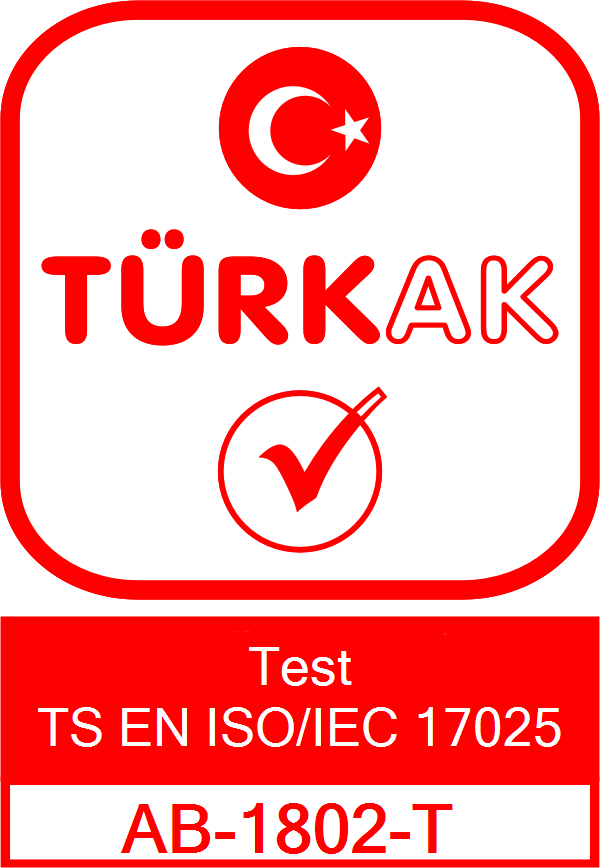
Antimicrobial Activity of Antimicrobial Agents Under Dynamic Contact Conditions ASTM E2149
Antimicrobial Activity of Antimicrobial Agents Under Dynamic Contact Conditions ASTM E2149
Contents
The ASTM E2149 is a standard test method developed by ASTM International. It is designed to determine the antimicrobial activity of immobilized antimicrobial agents under dynamic contact conditions. This test is particularly relevant for materials and products, like textiles and plastics, where the antimicrobial agent is non-leaching, meaning it doesn't release out of the product to exert its antimicrobial action.
Overview:
1. Principle : The test involves the antimicrobial material being exposed to a suspension of test microorganisms under dynamic mixing conditions. After a specific contact time, samples are taken to assess the surviving microorganisms.
2. Applicability : This method is applicable for all non-porous and non-leaching antimicrobial materials. Products or materials that might release antimicrobial agents when in contact with microbial suspensions are not suitable candidates for this test.
General Procedure:
1. Sample Preparation : Samples of the antimicrobial material are prepared. A comparable material without the antimicrobial agent serves as the control.
2. Inoculation : A microbial suspension (usually bacterial strains like Escherichia coli or Staphylococcus aureus, but can be others depending on the intended application of the material) is prepared and added to the samples. The concentration of the microbial suspension is typically quite high, ensuring a rigorous test of the antimicrobial material.
3. Dynamic Mixing : Once inoculated, the samples are subjected to dynamic mixing conditions, which ensures constant contact of the microorganisms with the surface of the material.
4. Sampling and Enumeration : After a designated contact time, the suspension is sampled, and the surviving microbial population is determined using standard microbiological techniques. The reduction in microbial population due to the antimicrobial activity is then calculated by comparing the microbial counts from the antimicrobial material and the control material.
5. Evaluation : The antimicrobial efficacy of the material is gauged based on the percentage reduction in the microbial population.
Significance and Use:
- Quantification : This test provides quantitative data on the antimicrobial effectiveness of a material when exposed to microorganisms under dynamic conditions. It gives insight into how well an antimicrobial agent performs when microorganisms are constantly being mixed or agitated over its surface.
- Comparison : Manufacturers can use this test to compare the performance of different antimicrobial agents or different formulations containing the same agent.
- Product Development and Claims : The results from this test can be used to support antimicrobial claims and guide product development.
It is vital to note that the ASTM E2149 test method is highly standardized, so any deviations can affect the results. Also, the specific strains of microorganisms, the dynamic conditions, and other variables are detailed in the standard. Hence, anyone looking to conduct or interpret this test should refer to the actual ASTM E2149 standard for complete information.

